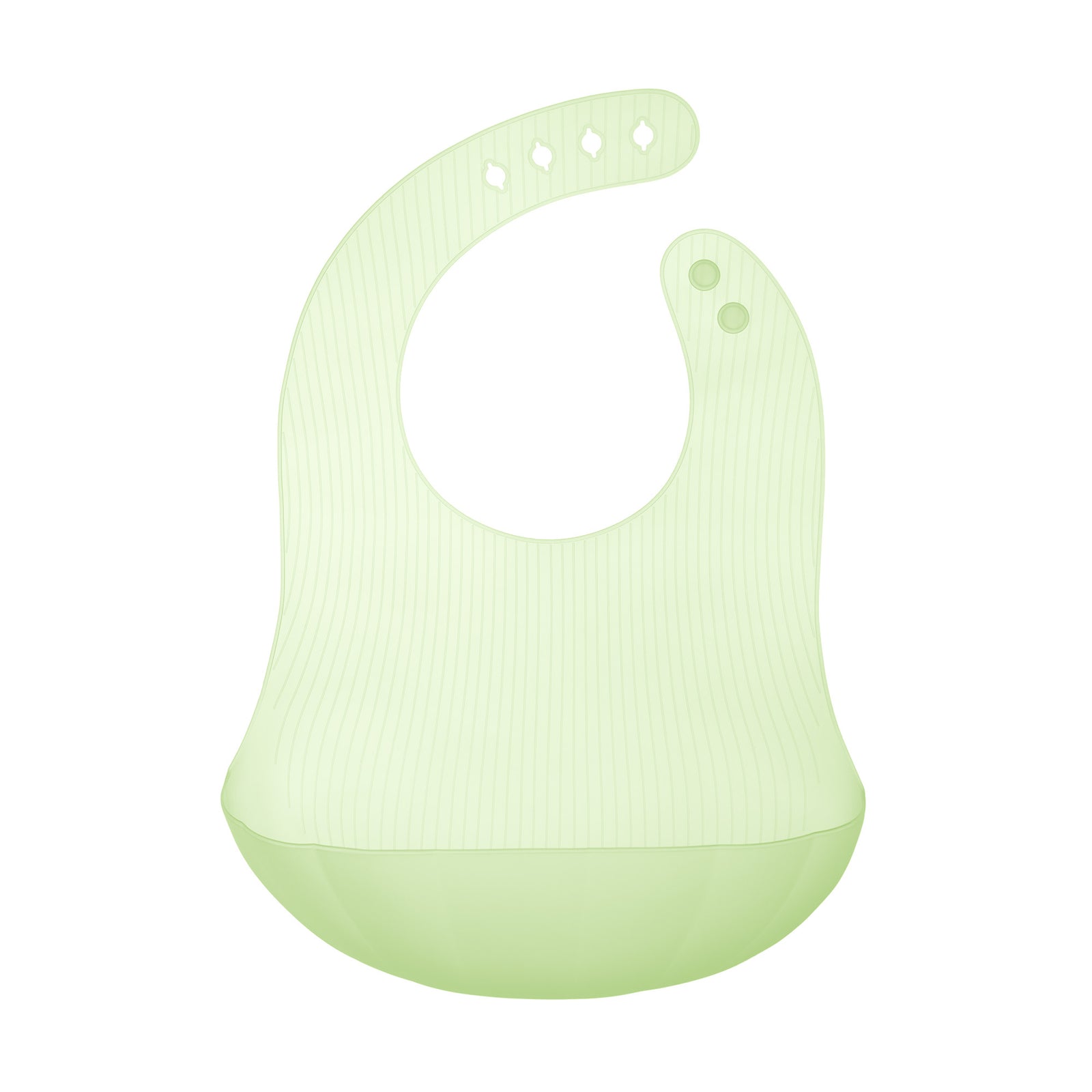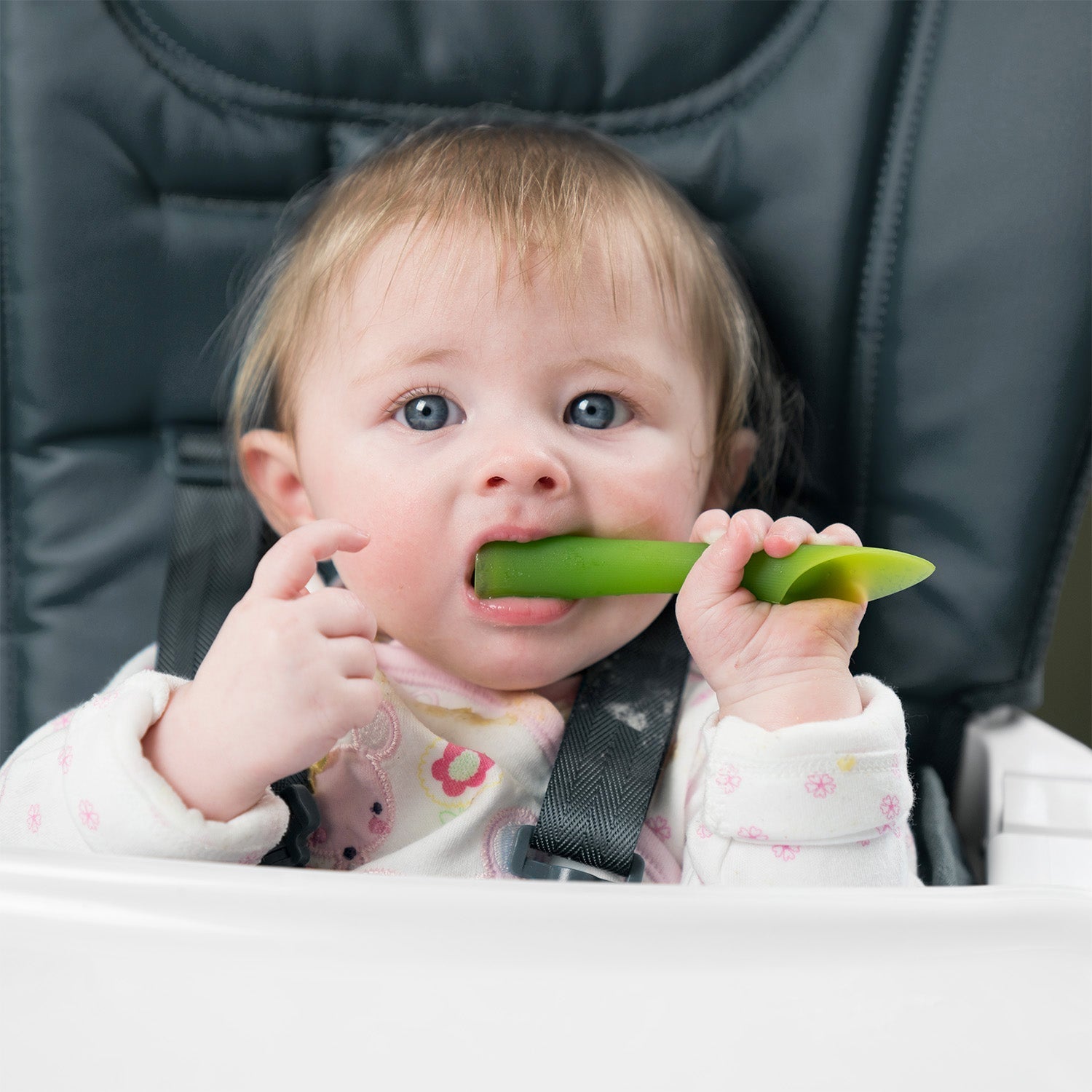If you’re anything like me you want immediate results. You’re tired of your picky eater and ready to move on already. Today I’m going to share with you the one thing that if you started implementing it, it would change everything at your table. Are you ready for it?
It’s called the division of responsibility. Don’t tune out on me this is so important. This is a feeding approached developed and researched by a dietitian named Ellyn Satter. This is an approach that has proved to work in my practice as well.
The division of responsibility, or DoR, is a framework for the roles that we are in charge of at the table. It gives the idea that there are certain things that are our kid’s job and certain things that are our job when it comes to meal times.
As the parent we are in charge of what gets served, where meals and snacks are served, and when meals and snacks are served. Children are in charge of if they eat what is presented and how much.
The reasons for picky eating are numerous and sometimes hard to determine on our own but the remedy usually starts in the same place. Following the division of responsibility.
Picky eating gets worse and cannot resolve until we are no longer violating our roles at the table. Let me give you an example of what it looks like to follow and violate the DoR.
Sally, 3, sits down to the table after her mom called her to lunch. She sees the leftover veggie quinoa dish on her plate, grapes and some crackers on the plate and yells “YUCK! I DON’T WANT THIS!” Mom is started and taken aback. She has two options. First, continue to follow the DoR and express to Sally (with empathy) that this is what’s on the menu but she doesn’t have to eat it. They continue with the meal and maybe Sally only eats the grapes, then a bite of the crackers and pushes around the veggie quinoa dish. OR she can quickly clean up the plate and ask Sally what she’d like instead and make her a rescue meal.
Rescue meals (aka meals that are offered in lieu of what is being served if it’s rejected) make picky eating worse and limit the number of foods your child is willing to eat. It comes from a place of good intentions, love and a desire for the child to at least eat something but it often sets the stage for future behavior which spirals into further picky eating.
If Sally’s mom follows the DoR and lets Sally choose how much of what is offered is eaten she gives her an opportunity to explore new foods, even if she doesn’t eat them. It can take 15-20 times to expose a child to a food before they choose to try it, sometimes more. Exposures include putting that dish on the plate or on the table and letting them experience it. Sometimes an experience with the food includes looking at it, pushing it aside, demanding it be removed from their plate, licking it, smelling it, calling it yucky and on and on.
These are important steps in the eventual task of getting them to eat a variety of foods even though most days it feels fruitless and wasteful. However you can see that when Sally’s mom violated the DoR the picky eating course is set in motion. When she follows the DoR Sally knows that no matter how much she kicks and screams she is not in charge of what is being served. Which then leaves her with the choice to either eat the food provided or wait until the next meal. This is one reason why we offer small children so many opportunities to eat in a day.
Starting to follow the DoR today may cause more upsets in the present but the future will be calmer and you’ll be on your way to having a healthy happy independent eater.
Now a few quick notes before I let this information settle with you. Even though you are in charge of what is served, be considerate but don’t cater. What I mean is think of what foods your child does eat consistently and try and offer at least one portion of the meal something they feel comfortable around and have been known to eat in the past. I call this a “safe” food. One that they can eat and fill up on if they’re just not ready to try the other food on the plate. You set the menu so make it with them in mind but not solely revolving around them. Without this key component hunger continues to rise which makes emotional stability decrease, as we know. We want momentum at the table, not a brick wall.
Alright, now you know my top framework I put in place to start the process of reversing picky eating. It’s simple, however it’s far from easy. It takes practice and we will get it wrong but consistency is key. Don’t have a picky eater yet? Great! Put this in to practice now and it can be a major step towards limiting the length of time picky eating visits your household.







